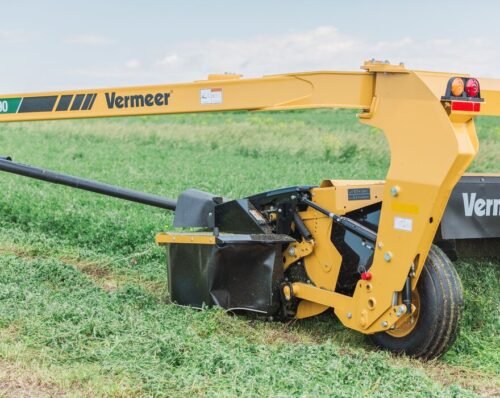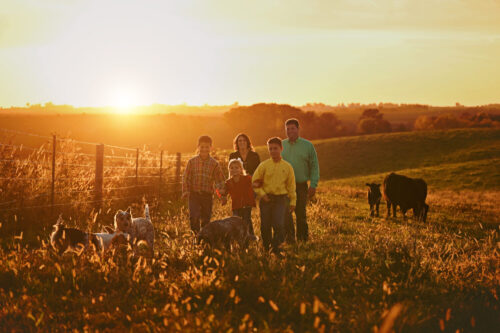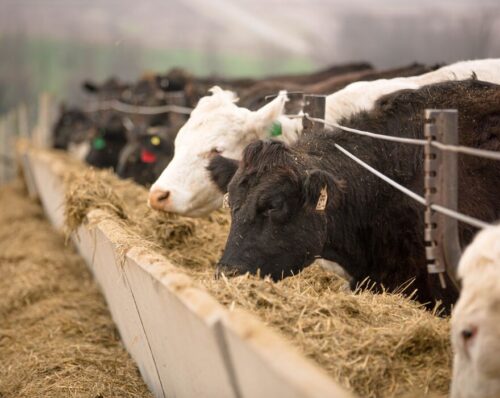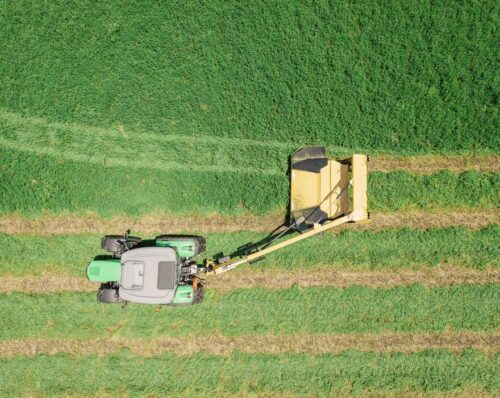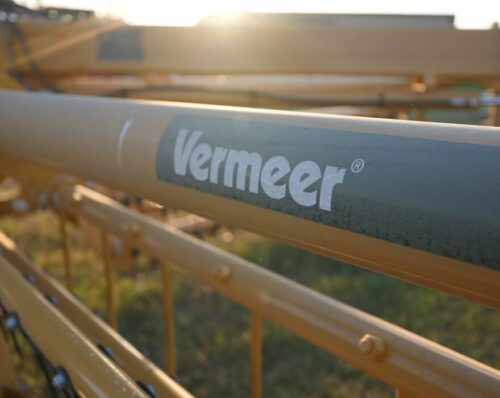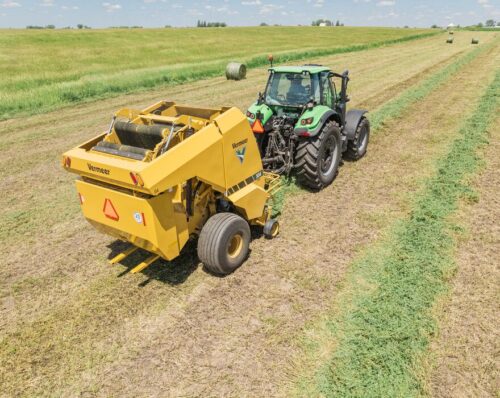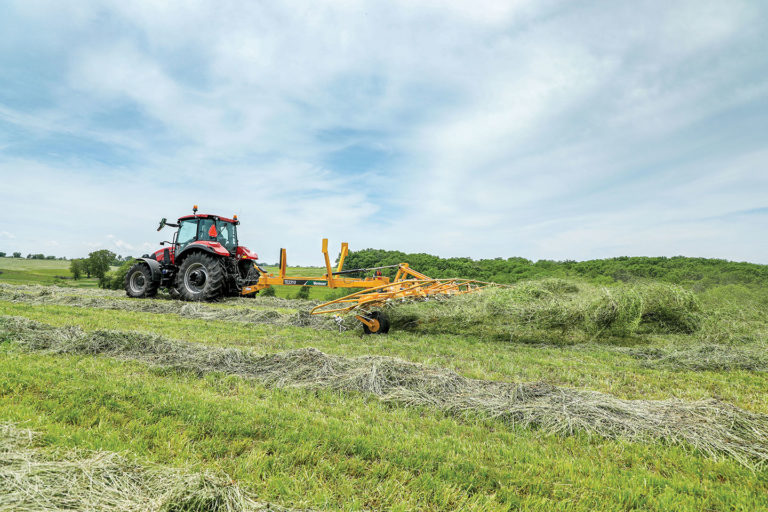
Everything You Need To Know About Hay Tedders
February 2022
Tedding hay and forage crops has become increasingly popular with producers who have realized tedding gives them greater flexibility and can help result in high quality forage. Why? Simply put, it’s because tedding shortens the dry-down time between cutting and baling. Shortening the time it takes to bale your hay after mowing can also help reduce nutritional losses in your hay and other forage crops. If you have questions about tedders and how they could benefit your operation, you’re in the right place.
Your complete tedder overview
Welcome to Vermeer Tedders 101. If you’re looking for a good place to start, check out Tedder talks: what you need to know about hay tedding. This article covers all the basics you need to know. You’ll find the answers to these questions and more:
- What is tedding?
- When is the best time to ted?
- What crops can I ted?
- How do I choose the right tedder?
- How can I choose the right tines for my tedder?
Where and when to ted
Listen to this episode of the Hay Kings Podcast, sponsored by Vermeer. Regional Sales Manager Bryan Setzer talks about where people are tedding and the benefits and best practices of tedding, including the best time to ted. The podcast also discusses some of the main reasons operations choose to ted:
- To speed up the hay-making process, especially in high-moisture climates or in areas with above-normal rainfall.
- To help improve hay quality.
Listen to the podcast to learn more about tedding hay and how it may benefit your operation.
Which crops are best to ted?
Check out this episode of Vermeer Makin’ Hay Minute, Tedders: why and when to use them. Host and Vermeer Regional Sales Manager, Bryan Setzer talks to Tim Schnakenberg, forage expert and agronomy specialist from the University of Missouri Extension about the types of crops to ted and when tedding should take place. Watch it to learn more about the advantages of tedding hay and forage crops.
Here’s why tedding works
This article explores the benefits of tedding and why it’s highly recommended for grass hay that tends to mat and dry slowly. While some hay producers won’t ted alfalfa for fear of leaf loss, the greater risk is leaving the crop in the field too long. Read the article Here’s Why Tedding Works to consider adopting the process of tedding hay and forage, if you’re not already.
Ready to reap the benefits of tedding? Start here.
When it comes to tedding hay and forage, Vermeer tedders have the hook-tine advantage. The built-to-last hook tines give you three significant benefits: high-performance tedding action, high-volume output and optimized durability. With the unique configuration and special angle of the hook tine, Vermeer TE-series tedders can pick up and spread large amounts of crop compared to conventional tedders with straight tines, while minimizing leaf loss. Check out this quick video to learn more about the benefits of hook tines.
Ready to start tedding? Find out more about how the Vermeer lineup of tedders delivers heavy-duty performance, while being convenient to use, transport and maintain. Visit https://www.vermeer.com/na/tedders. More questions? Talk to your local Vermeer dealer today.
Vermeer Corporation reserves the right to make changes in engineering, design and specifications; add improvements; or discontinue manufacturing at any time without notice or obligation.
Equipment shown is for illustrative purposes only and may display optional accessories or components specific to their global region.
Please contact your local Vermeer dealer for more information on machine specifications.
Vermeer and the Vermeer logo are trademarks of Vermeer Manufacturing Company in the U.S. and/or other countries.
© 2022 Vermeer Corporation. All Rights Reserved.

